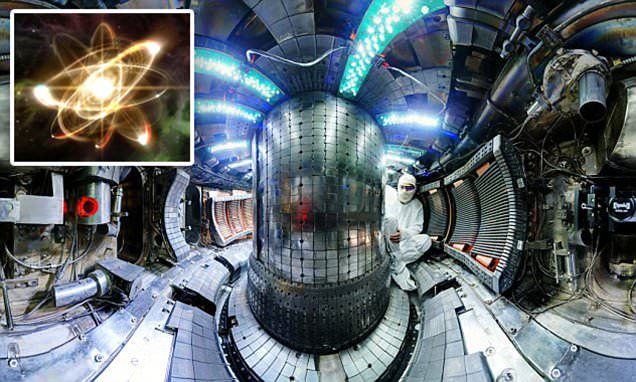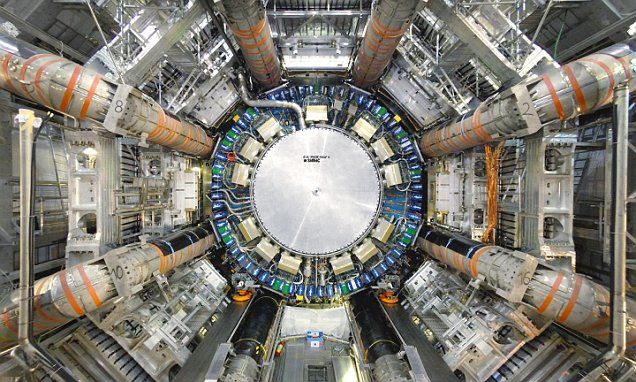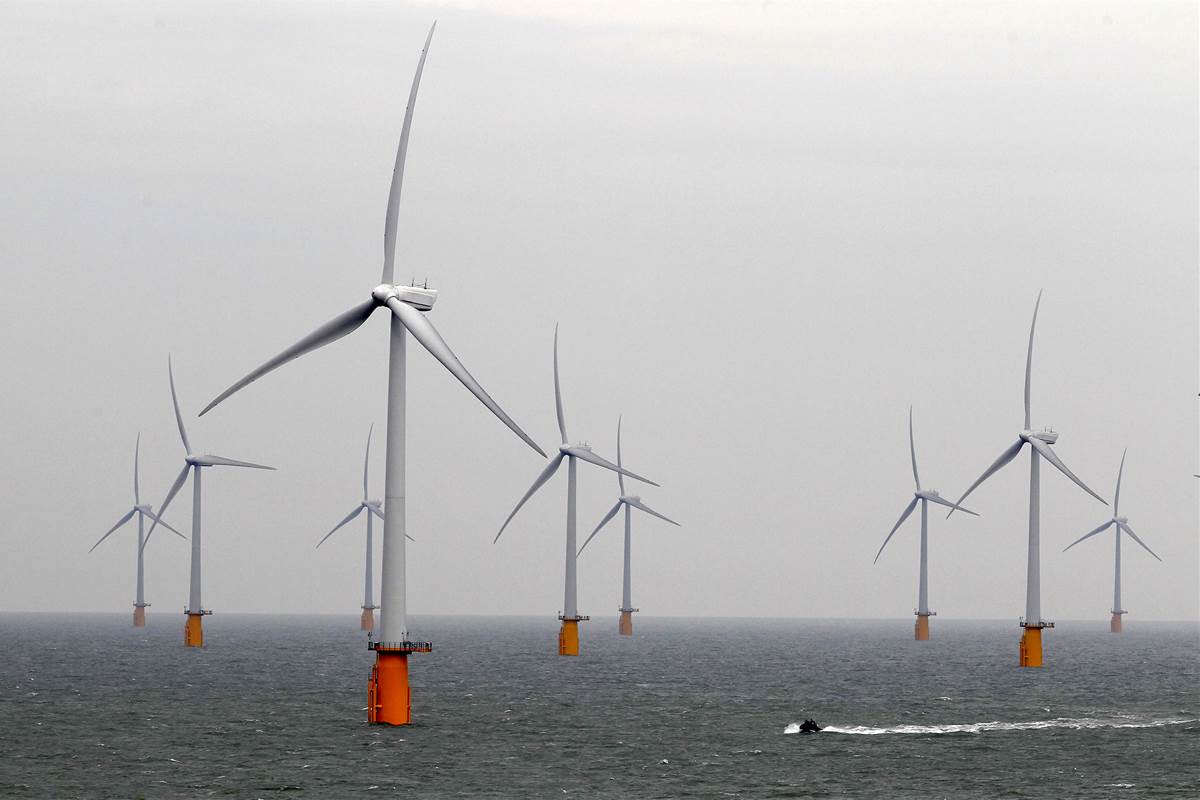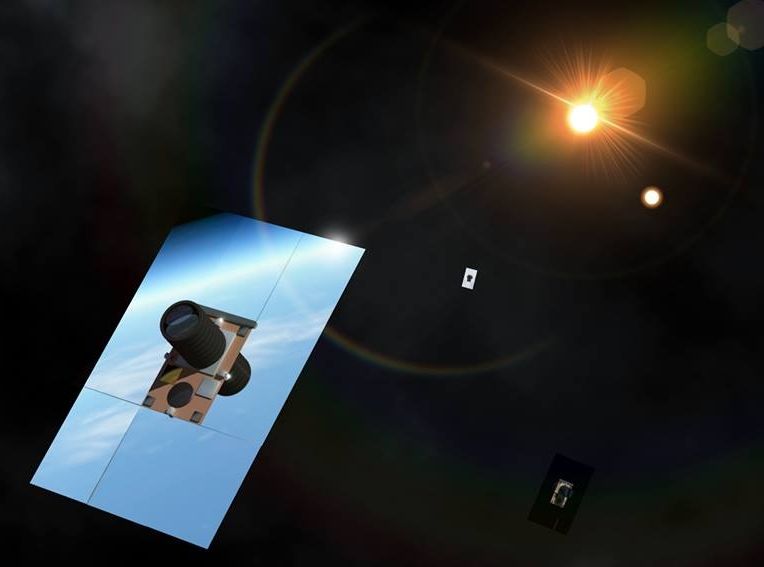Archive for the ‘energy’ category: Page 313
Sep 9, 2017
EU Funds 20 Million Euro ARM+FPGA Exascale Project
Posted by Roman Mednitzer in categories: energy, supercomputing
At the Barcelona Supercomputer Centre on Wednesday (Sept. 6), 16 partners gathered to launch the EuroEXA project, which invests €20 million over three-and-a-half years into exascale-focused research and development.
Led by the Horizon 2020 program, EuroEXA picks up the banner of a triad of partner projects — ExaNeSt, EcoScale and ExaNoDe — building on their work to develop a complete HPC system based on ARM Cortex processors and Xilinx Ultrascale FPGAs. The goal is to deploy an energy-efficient petaflops system by 2020 and lay a path to achieve exascale capability in the 2022–23 timeframe.
All told, the European Commission is planning a €50 million investment for the EuroEXA group of projects, spanning “research, innovation and action across applications, system software, hardware, networking, storage, liquid cooling and data centre technologies.”
Continue reading “EU Funds 20 Million Euro ARM+FPGA Exascale Project” »

http://gamesforchange.org/festival2012
How to “Get Better”: Approaches to LGBTQ-relevant Video Games
Presented by: Robert Yang
Aug 23, 2017
139 Countries Could Move to 100% Clean Energy Under Researchers’ Plan
Posted by Dan Kummer in categories: energy, sustainability
A research group based at Stanford University has drawn a plan for nations to reduce global warming by relying on solar and wind power.

The new plasma has been developed by researchers from MIT. Unlike most plasmas, which are made up of two ion species, the new plasma is made up of three ion species.
Aug 22, 2017
This US Weapon Can Defeat an Entire Army Without Killing Anyone – Advanced Denial System
Posted by Klaus Baldauf in categories: energy, military

https://youtube.com/watch?v=RTiFMZJcWo4
Scroll down for the [VIDEO] Some information and frequently asked questions about Advanced Denial System are :
Q1. Why do we need this technology? A1.The Active Denial System is needed because it’s the first non-lethal, directed-energy, counter-personnel system with an extended range greater than currently fielded non-lethal weapons. Most counter-personnel non-lethal weapons use kinetic energy (rubber rounds, bean bags, etc.). A kinetic-based system has a higher risk of human injury, and its effectiveness varies in relation to the size, age and gender of the target. The Active Denial System, however, is consistently effective regardless of size, age and gender and has a range greater than small-arms range. The Active Denial System will provide military personnel with a non-lethal weapon that has the same effect on all human targets.
Aug 20, 2017
New Wind Turbines Could Power Japan For 50 Years After A Single Typhoon
Posted by Dan Kummer in categories: energy, sustainability
Figured this deserved its own post:
The other day i had this idea for wind farms on the far Northern end of Canada, where it is basically a treeless desert, and have those running along the whole coast up there. I remember Japan was working on some wind power system where if it got hit by a typhoon it would supposedly produce 50 years worth of power. The main issues would be the cost of the wind systems, i don’t even know if they are commercially available yet, secondly hooking them up to the power grid and trying to run it into the greater North American power grid, i don’t know if the power grid stretches from up there down to the main grid. The plus to this as opposed to solar is this could be running up there 24÷7÷365. Cost to do something like this, to start, probably in the neighborhood of 5 to 10 million dollars US, and would require a ton of connections.
Typhoons are generally associated with mass destruction, but a Japanese engineer has developed a wind turbine that can harness the tremendous power of these storms and turn it into useful energy. If he’s right, a single typhoon could power Japan for 50 years.
Continue reading “New Wind Turbines Could Power Japan For 50 Years After A Single Typhoon” »
Aug 16, 2017
CERN finds ‘direct evidence’ of light interacting with ITSELF
Posted by John Gallagher in categories: energy, quantum physics

A new experiment at the Large Hadron Collider has confirmed one of the oldest predictions in quantum physics.
Physicists from the ATLAS experiment at CERN have revealed they’ve observed direct evidence of a process known as light-by-light scattering, in which light interacts with itself at high energy.
Continue reading “CERN finds ‘direct evidence’ of light interacting with ITSELF” »
Aug 15, 2017
The Andromeda Study: A Femto-Spacecraft Mission to Alpha Centauri — Draft report finally published!!!
Posted by Andreas M. Hein in categories: energy, engineering, physics, space
“This paper discusses the physics, engineering and mission architecture relating to a gram-sized interstellar probe propelled by a laser beam. The objectives are to design a fly-by mission to Alpha Centauri with a total mission duration of 50 years travelling at a cruise speed of 0.1c. Furthermore, optical data from the target star system is to be obtained and sent back to the Solar system. The main challenges of such a mission are presented and possible solutions proposed. The results show that by extrapolating from currently existing technology, such a mission would be feasible. The total mass of the proposed spacecraft is 23g and the space-based laser infrastructure has a beam power output of 15GW. Rurther exploration of the laser — spacecraft tradespace and associated technologies are necessary.”
https://arxiv.org/abs/1708.03556













